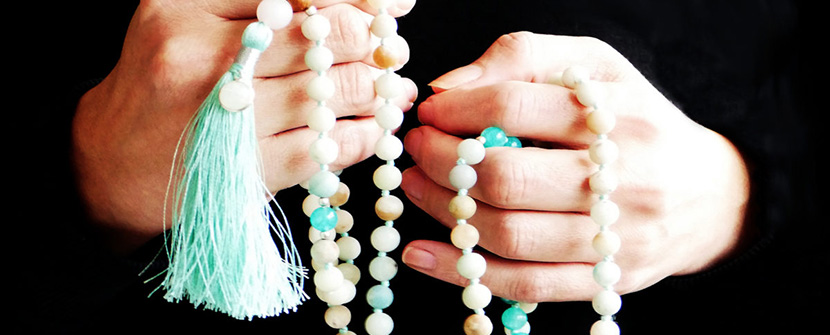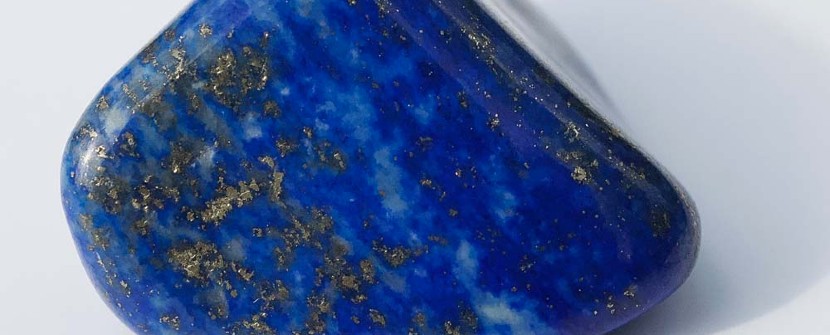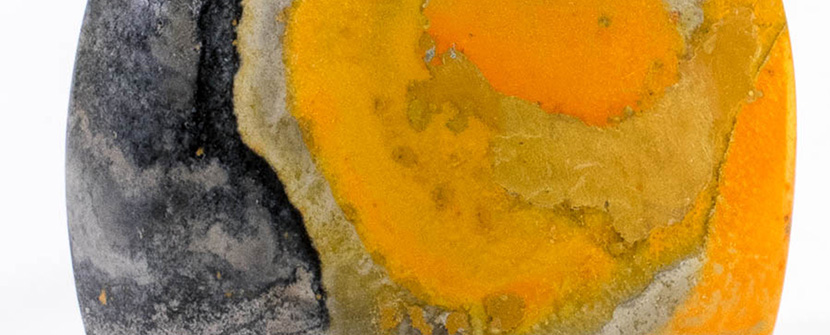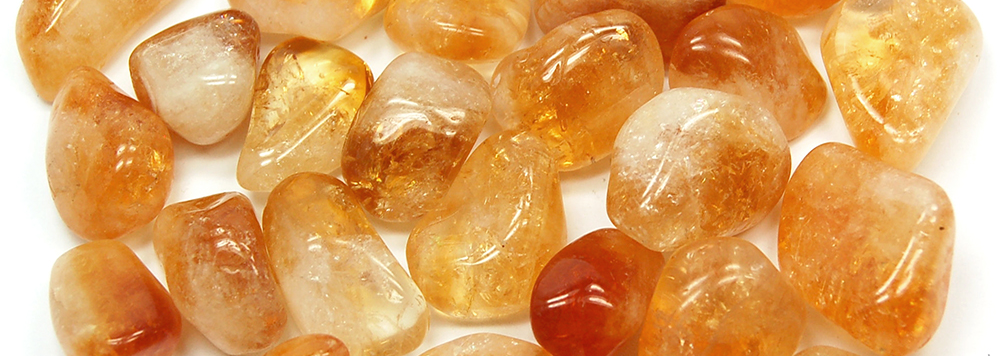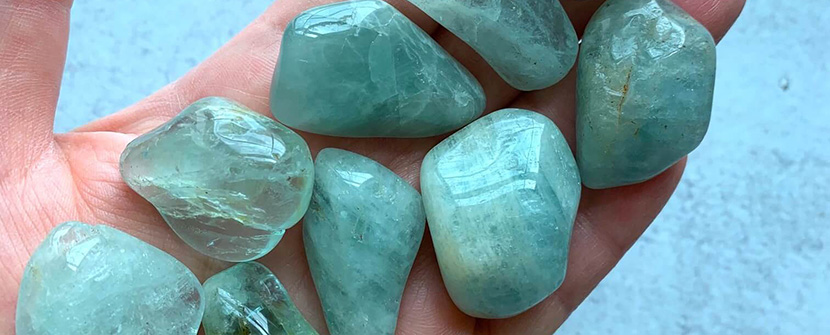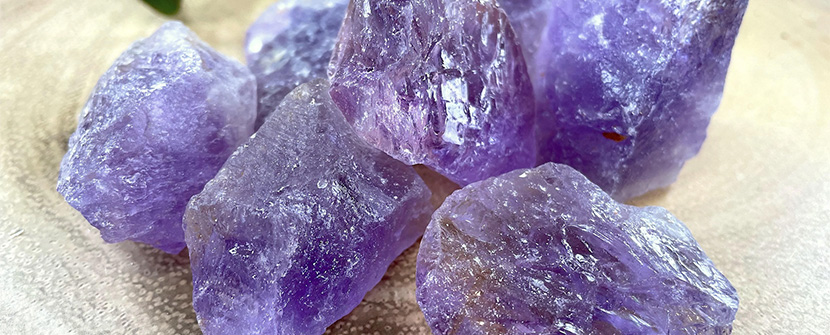Mala beads have long held a significant place in various spiritual and meditative practices across the globe. With origins deeply rooted in ancient traditions, these prayer beads have transcended time and culture to become a symbol of mindfulness, intention, and inner connection. Let's delve into the fascinating history of mala beads, tracing their origins and evolution, as well as exploring the intricate art of using them in meditation.
The Origins and Evolution of Mala Beads
The history of mala beads can be traced back to the ancient civilizations of India and other parts of Asia, where they were initially used as a tool for counting mantras during meditation and prayer. The word "mala" itself means "garland" or "meditation garland" in Sanskrit, reflecting their primary purpose of aiding in focused meditation.
In Hinduism, the earliest references to meditation beads can be found in texts like the Rigveda, where they were used to keep track of the repetition of sacred chants. Over time, this practice evolved into the use of beads made from various materials, including rudraksha seeds, lotus seeds, sandalwood, and gemstones, each carrying their own unique spiritual significance.
Similarly, in Buddhism, mala beads gained prominence as an essential meditation tool. The tradition of using these beads spread from India to various Buddhist cultures, including Tibet, China, Japan, and Southeast Asia. In Tibetan Buddhism, mala beads are often associated with the practice of mantra recitation, helping practitioners maintain focus and mindfulness during their spiritual journeys.
Symbolism and Significance
Mala beads are more than just tools for counting; they are rich in symbolism and hold deep spiritual significance. The typical mala consists of 108 beads, a number with special meaning in many Eastern philosophies. The number 108 is said to represent the universe's entirety—1 signifying the individual, 0 symbolizing emptiness or completeness, and 8 representing infinity.
Additionally, there is often a larger bead, known as the "guru" bead, which marks the starting and ending point of the mala. This bead represents the relationship between the practitioner and their spiritual teacher or guide.
Materials and Gemstones
Mala beads are crafted from a variety of materials, each carrying its own energy and symbolism. The choice of materials can vary based on personal preference and the intended purpose of the meditation practice.
-
Rudraksha Beads: These beads are derived from the seeds of the Rudraksha tree and are highly revered in Hinduism. They are believed to have powerful spiritual and healing properties, promoting tranquility and harmony.
-
Sandalwood Beads: Sandalwood is known for its soothing aroma and is often used for its calming effect on the mind. Sandalwood mala beads are commonly used in meditation practices to enhance focus and relaxation.
-
Gemstone Beads: Different gemstones are associated with specific qualities and energies. For instance, amethyst is linked to spiritual growth, while rose quartz represents love and compassion. Practitioners often choose gemstone beads that align with their intentions and goals.
Using Mala Beads in Meditation
The process of using mala beads in meditation is a practice of mindfulness, intention setting, and spiritual connection. Here's a step-by-step guide on how to use mala beads effectively:
-
Choose Your Intention: Before you begin, set a clear intention for your meditation. It could be personal growth, inner peace, gratitude, or any other focus that resonates with you.
-
Find a Comfortable Seat: Sit in a comfortable and quiet space where you won't be disturbed. Hold the mala beads in your right hand, draped over your middle finger.
-
Begin at the Guru Bead: Start your meditation at the guru bead, which is the larger bead at the center of the mala. Hold it between your thumb and middle finger.
-
Recite Your Mantra: With each bead, recite your chosen mantra, affirmation, or intention. Move to the next bead by gently pulling it towards you with your thumb.
-
Maintain Focus and Breath: As you recite your mantra, allow your breath to synchronize with your movement. This creates a rhythm that helps anchor your mind in the present moment.
-
Completion or Pausing: Once you have completed a full round of 108 beads, you can choose to end your meditation or pause for reflection. Avoid crossing the guru bead, as it symbolizes the continuous cycle of learning and growth.
-
Express Gratitude: After your meditation, take a moment to express gratitude for the practice and the intentions you've set.
Mala beads are more than just strands of beads; they are carriers of ancient wisdom, spiritual significance, and personal intention. Their journey from ancient civilizations to modern practices is a testament to their enduring power to foster mindfulness, deepen meditation, and enhance inner connection. By embracing the history and practice of mala beads, individuals can embark on a profound journey of self-discovery and spiritual growth.


